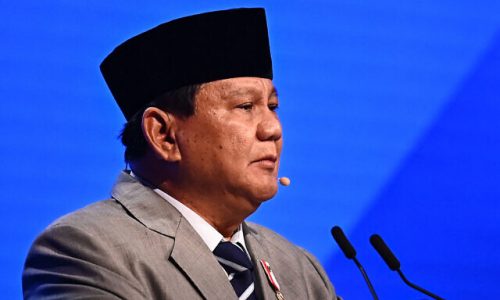Indonesia is currently taking part in encouraging the reduction of the use of non-ASEAN currencies for transactions between ASEAN members. The move was made as part of the ASEAN Regulations and in response to the latest trends in global finance where major economies began to abandon the US Dollar as a means of transaction.
As part of chairmanship in ASEAN, Indonesia continues to make efforts to strengthen the region’s financial stability, such as the use of ASEAN countries’ currencies in bilateral transactions and creating connectivity of payment mechanisms within the ASEAN region.
ASEAN anticipates risk in using US Dollar
“In the meeting between the Ministers of Finance and the ASEAN Central Banks, it was agreed that ASEAN countries would be committed to using local currencies and expanding regional payment connectivity to strengthen financial stability in the region,” said Retno Lestari Priansari Marsudi, Minister of Foreign Affairs of the Republic of Indonesia, as reported by Kompas.id on April 5, 2023, in Jakarta.
In addition, a month ago President Joko Widodo warned that there was a potential danger in the use of foreign currencies from outside the region. Jokowi set an example of sanctions imposed on Russia and a number of countries due to the use of foreign currency. Hundreds of billions of US funds belong to Russia, and many countries cannot be accessed because the US and its allies have frozen their accounts.
Perry Warjiyo, Governor of Bank Indonesia (BI), as reported by Kompas.id, said that the use of ASEAN’s internal currency was part of anticipating the risk of a financial crisis and the global economy.
“This step can encourage exports, investments, to strengthen balance, and foreign exchange reserves can be strengthened. Currency diversification is an important initiative in maintaining resilience,” said Perry Warjiyo on March 31, 2023.
Currently, central banks in ASEAN member countries are finalizing mechanisms for using internal currency transactions and expanding the network of quick reaction codes (QR Codes) as a means of payment.
The quick reaction code, known as QRIS in Indonesia, is currently being linked to banks in Malaysia, Singapore, and the Philippines. So far, Bank BNI has agreed with the Bank of Thailand and will expand its network to Vietnam, Cambodia, Laos, and Brunei Darussalam.
According to a report from the Financial Times on Kompas. id, the dominance of the US dollar as a means of global transactions is declining, and other countries’ currencies are becoming more and more prominent in being used as alternative means of payment.
For example, Russia-China, and Brazil-France were conducting transactions in Yuan for energy exports. Saudi Arabia and Iran will also conduct transactions with China using Yuan.
According to the Center for Economic Policy Research, the use of the US dollar has been decreasing since 1999. In 1999, as many as 79 global transactions used the US dollar. By 2022, there are 59 global transactions with payments in US dollars. In addition, the use of the Yuan and Euro is increasing.
This condition was also caused by several factors, such as US economic conditions, several US sanctions against a number of countries that reduced the portion of US dollars, and the crises experienced by the US banking industry.
However, despite the diversification attempts, the use of US dollar transactions is still wider than the use of other foreign currencies. Currently, the market has yet to find a transaction mechanism that is as strong as the US dollar.
As reported by the Financial Times, several economists warned of challenges in the use of the Yuan currency. The yuan is the currency controlled by the Chinese government, compared to the US dollar, Euro, and other currencies left to the market.
Meanwhile, the reduction in US dollars in oil transactions also has a serious impact, because oil and gas are the main commodities that support US dollar transactions. Countries such as Saudi Arabia, Russia, and Iran are the main producers of global oil. Meanwhile, China and India are the main consumers of global energy.









